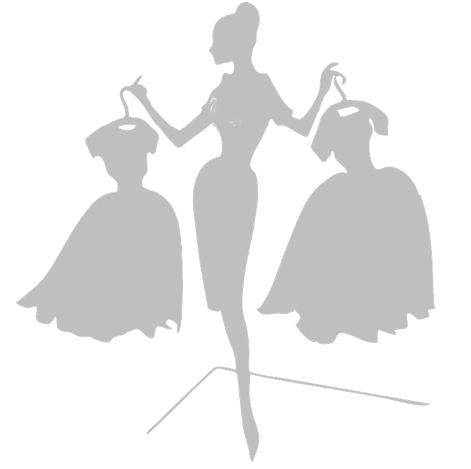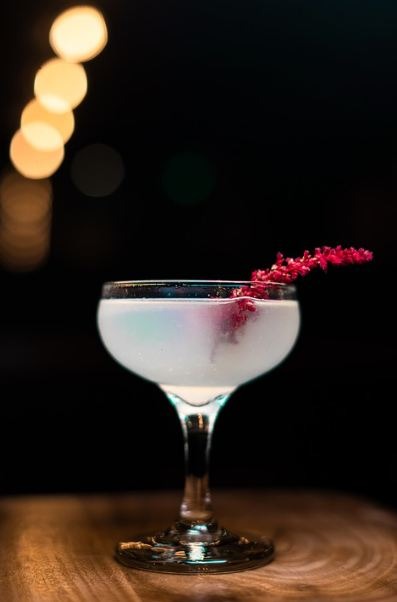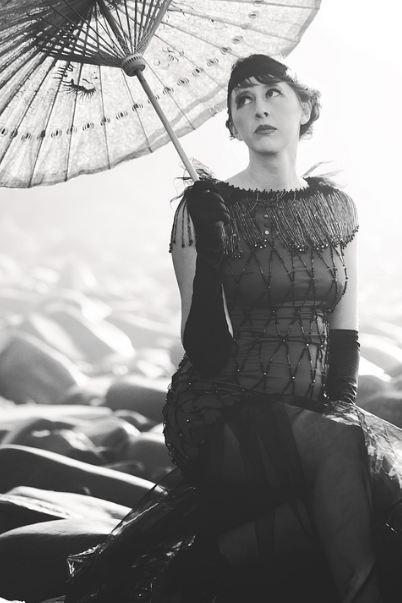Newfound concepts of independence and a rejection of the Edwardian matronly ideal of respectable women brought about the new phenomenon of the “Drinking Woman” in the 1920s, who dared to enjoy cocktails in public settings. She appeared at exclusive cocktail soirees and clubs, and a short evening sheath replaced the cocktail dress with matching shoes, hat, and gloves.
The cocktail hour was usually between six and eight p.m., but by adjusting one’s accessories, the cocktail outfit could be transformed into the proper attire for any function from three p.m. to late at night. Cocktail attire became the progressive fashionable elite uniform in the 1920s due to its versatility and functionality. Today’s cocktail dresses (here are some modern cocktail dresses) have become the go-to option for women attending a business event, fundraiser, or any other dressed-up celebration.
Beginnings of the Cocktail Ensemble
By the conclusion of World War I, French couture was largely reliant on American customers and, even more so, American department stores that imitated and promoted French designers. The French paid less heed to the rigorous criteria of cut, line, and length that American publications encouraged for their heure de l’apéritif since cocktailing had originated in the United States.
Instead, the couturiers Vionnet and Chanel designed costumes for “after five” or the late afternoon, such as beach pajamas-silk top and palazzo pant ensembles worn with a mid-calf-length wrap jacket. Les robes du studio, designed by Louise Boulanger, are sophisticated but casual sheaths ideal for the hostess of intimate or private cocktail parties.
These French cocktail garments acquired popularity in wealthy American circles as the popularity of travel expanded, both in American resort areas like Palm Beach, “the Millionaire’s Playground,” and abroad with the grandeur of the Riviera. While America’s elite promoted exclusive French couture designs, most Americans relied on American Vogue and Vanity Fair advertisements and their patronage of the U.S. department stores to dress for cocktail hour.
The little black dress, created in 1926 by Chanel, was adapted to ready-to-wear as a staple of cocktail hours and late afternoon; American women at all consumption levels recognized the value of a practical “Well-mannered Black.”
Cocktail Dresses in the 1920s
For all hours and occasions, skirt lengths in the mid-1920s were slightly below the knee. Cocktail dresses had modest necklines, longer sleeves, and scant ornamentation, but they were made of evening silk faille or satins rather than gabardines or wool crepes. A stylish cocktail hat and a fabric noir were often the only differences between a day dress and a cocktail ensemble.
Hats of the 1920s mainly were cloche shapes with rhinestones, plumes, and beaded embroidery for a more formal look. During this time, short gloves were ubiquitous in party wear and could be found in various styles. During this time, short gloves were commonly worn for party wear and came in varied hues, with white and black being the most popular.
The “Flappers”
The “Flappers” is a group of women who are well-known for their fashion style, intelligence, and freedom. It’s unclear where the term “flapper” originated in the 1920s. Some attribute it to the “flap flap” sound created by young girls’ open galoshes as they moved.
Another explanation claims that the term flapper originated before World War I when it originally referred to a prostitute but later came to represent any woman with a boyish body. Another notion is that these young women learned to fly and flap their wings as “little birds.” The 1920s flapper, with her unmistakable heavy makeup, bobbed hair, wardrobe of short drop-waist skirts, and rolled-down stockings, is a crucial element of 1920s history, no matter where the term came from.
There were three types of flappers: semi-flappers, flappers, and superflappers. Semi-flappers appreciated the flair and liberties of actual flappers, but they still had conservative morals and tastes when it came to drinking and sex.
By the end of the 1920s, most women of all ages may be classified as “semi-flappers.” The true flapper was a common sight on college campuses. She was young and intelligent, dressed in the latest clothes, lived in the city, rode fast vehicles with men, and saw the most recent films.
The superflapper was the radical woman of the Roaring 20s with her principles just as loose as her attire. She made frequent appearances in the novels and essays of F. Scott Fitzgerald.
Zelda Fitzgerald, Fitzgerald’s wife, was dubbed the “first American flapper” by Fitzgerald. The superflapper’s existence revolved around going from one party to the next, dating one man after another, and spending money as quickly as she could. Public opinion either admired or despised her.
Flapper Dress
Flappers were women who redefined feminine fashion during the 20s. A flapper dress is one of the most popular cocktail dress trends, as its wearers are bold, free-spirited, and constantly dressed for a party. When it comes to the dress’s colors and design, there are several options.
Flapper dresses in the 1920s were brightly colored and glittered. They have an art deco-inspired pattern, and the spaghetti straps let you pinpoint your dance moves. Women dressed up in beaded, sequin, and fringe-covered flapper costumes during the Roaring 20s. The most popular flapper outfits are long and short flapper outfits in silver, white, black, or red.



